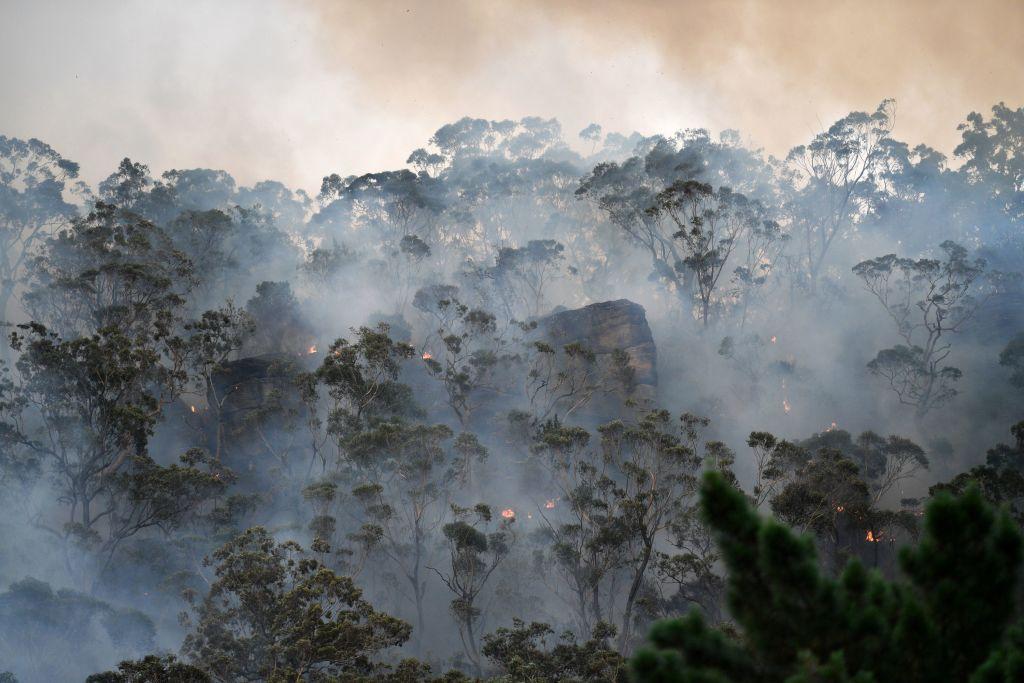Commentary
As monstrous blazes overwhelm Australia’s south-east, the need for a national bushfire policy has never been more urgent. Active land management such as hazard-reduction burning and forest thinning must lie at the core of any such policy.

As monstrous blazes overwhelm Australia’s south-east, the need for a national bushfire policy has never been more urgent. Active land management such as hazard-reduction burning and forest thinning must lie at the core of any such policy.